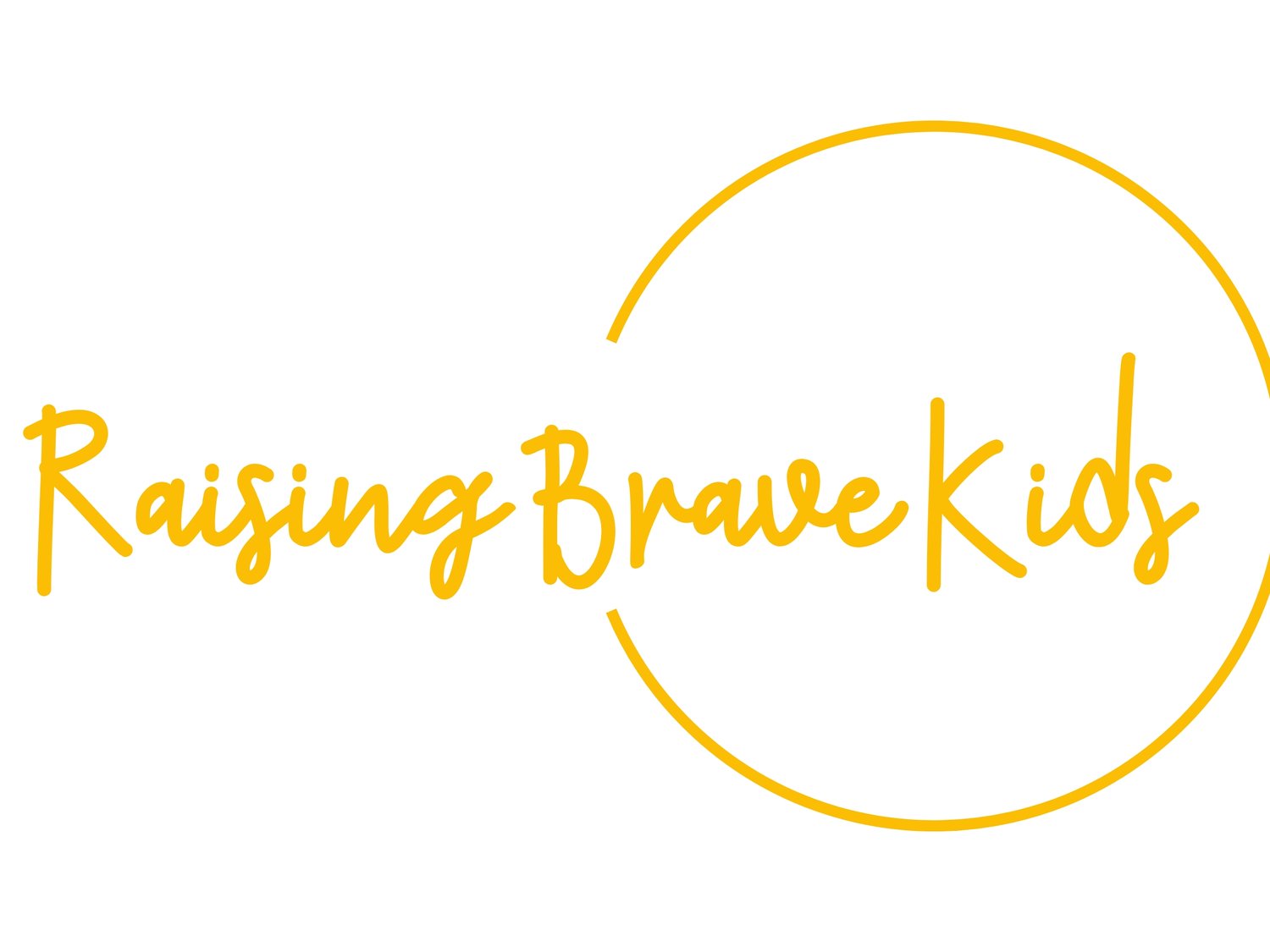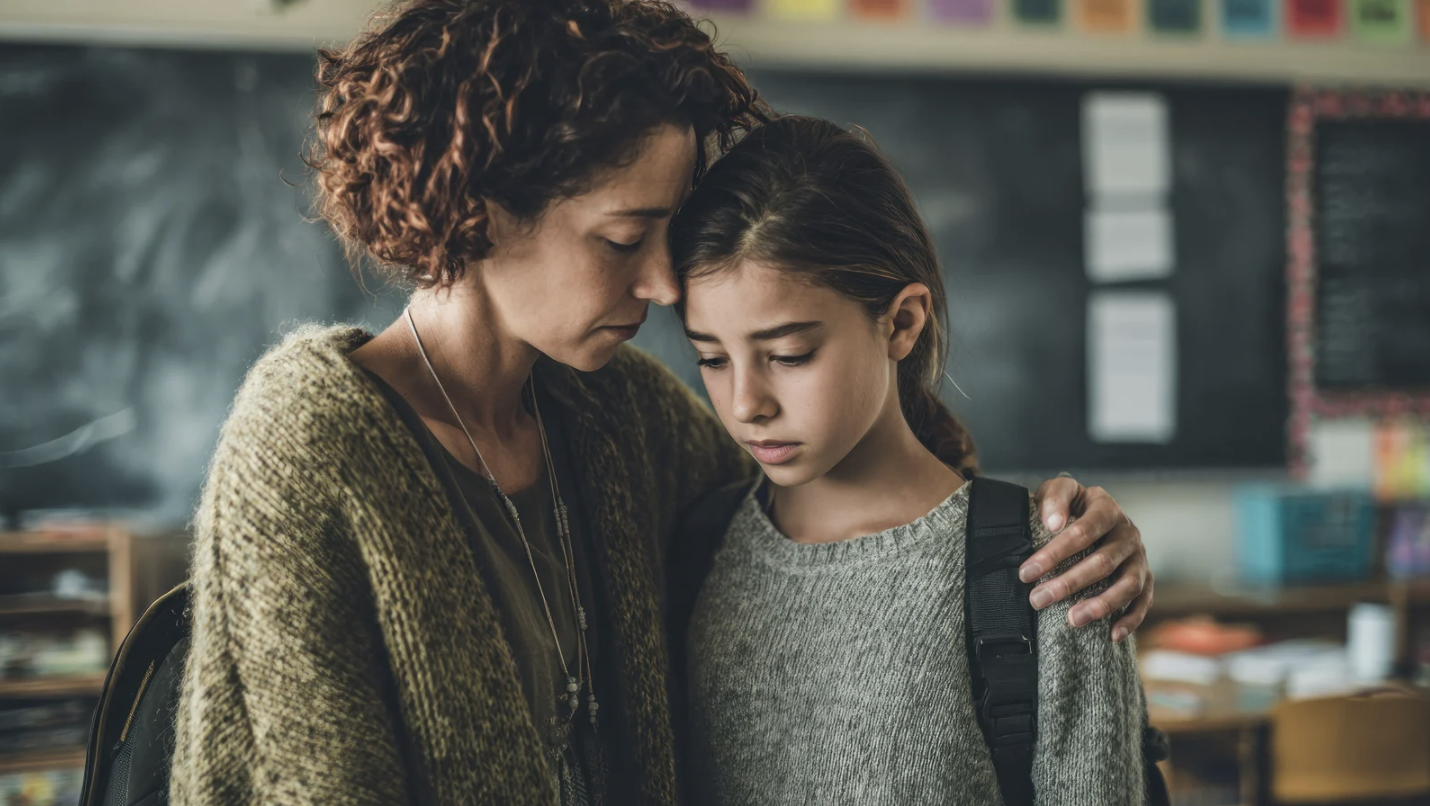Helping Kids with Panic Attacks: What Works
When your child is in the middle of a panic attack, it’s not just intense for them—it’s intense for you, too. At Raising Brave Kids, we support families who are looking for tools that truly work in those hard, messy moments. You’re not just trying to help your child “calm down.” —you’re trying to help your child build the confidence and resilience to face big feelings and come out stronger. The goal isn’t just getting through panic, but helping your child feel braver and more capable each time it shows up.
Whether panic shows up during school drop-off, before bedtime, with friends, or during the family holiday rush here’s how to respond with calm, clarity, and compassion.
What Panic Looks Like in Kids
Panic attacks in children can come on suddenly and be hard for them to describe. You might see signs like rapid breathing, chest tightness, dizziness, crying, freezing, or a desperate need to escape. Some kids complain of stomachaches or say they "feel weird" or "can't do it."
These intense reactions aren't just meltdowns—they're full-body fear responses. Kids may feel like something terrible is about to happen, even when there’s no clear threat.
Common symptoms include:
Fast breathing or racing heart
Shaking or sweating
Nausea, dizziness, or stomach pain
Clinginess, frozen silence, or sudden refusal to participate
Feeling out of control or “not real”
Recognizing these signs is the first step in helping your child feel safe, supported, and empowered to get through it.
What to Say When Panic Hits
Words won’t stop a panic attack in its tracks—but they can help your child feel safer and slow the spiral. Keep it short and simple to avoid adding overwhelm. Try these grounding phrases to help your child feel seen and supported:
"You're safe. This is just anxiety turned up high."
"I know you don’t like this, but you know what to do."
"This will pass. Let’s breathe together."
"It’s temporary. You’ve gotten through this before."
Tools to Support Your Child in the Moment
Based on our work with children and families in therapy at RBK, here are some of our go-to strategies during a panic episode:
🧠 Reorient & Ground
Look around: Name 3 things you see, 3 you hear, 3 you feel (3-3-3 technique)
Gently narrate what’s around: “The lights are soft, I’m sitting next to you, we’re on the couch.”
🌬️ Slow the Breath
Sit, lie down, or lean against something
Breathe together: count out slow inhales and even slower exhales
🧊 Cool the Body
Cool cloth on forehead or back of neck
Sip cold water
🛋️ Comfort Items
Use a soft blanket or weighted stuffed animal
Cozy up in a corner or with a caregiver
🏃 Gentle Movement
Sway, bounce, or walk
Shake arms and legs gently to move anxiety through
What Doesn’t Help
We know it’s tempting, but avoid saying “calm down” or “there’s nothing to worry about.” Panic isn’t rational—it’s a nervous system response. Your calm presence and confidence will do more than logic ever could.
When to Get Extra Support
CBT helps children learn practical tools to manage anxious thoughts, reduce avoidance, and face fears with confidence—leading to lasting improvements in mood, behavior, and daily functioning.
If your child’s panic attacks are happening regularly or getting in the way of their daily life, we’re here. At Raising Brave Kids, we specialize in helping kids with anxiety and panic using evidence-based therapy like CBT (Cognitive Behavioral Therapy). Our team works with families across Oregon and California to build skills that truly stick.
You don’t have to navigate this alone—and neither does your child.
🟡 Schedule a free 15-minute parent consult
Let’s help your child feel safe in their body and brave in the world.
Raising Brave Kids | Child Anxiety & OCD Support | Portland, OR + California



